In the hot summer, many families will boil a pot of mung bean soup and store it in the refrigerator, and drink a bowl when thirsty, refreshing and refreshing. However, is this ordinary bowl of mung bean soup green or red? In addition to the color, there are many sayings around mung bean soup, such as drinking it often can “detoxify”, and people with bad stomach should drink less… Are these all true? Let’s talk about these little entanglements about mung bean soup today.
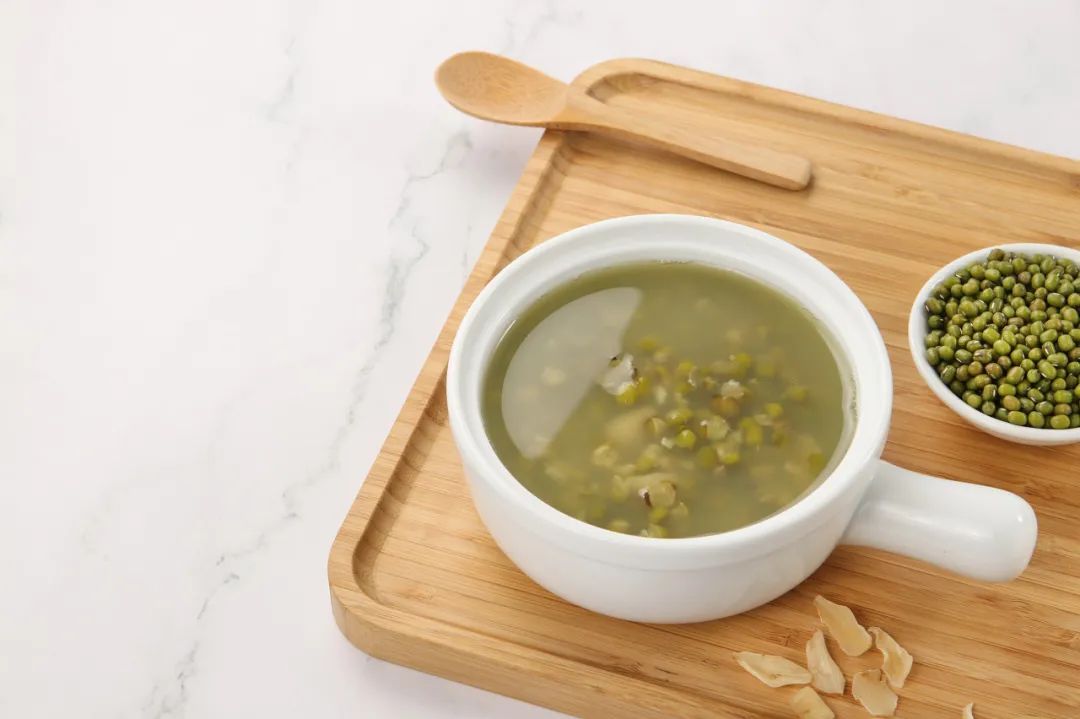
Gallery copyright pictures, do not authorize to reprint high-quality mixed beans with high protein and low fat of mung bean. To understand mung bean soup, you must first understand its protagonist – mung bean. According to the recommendation of the “Dietary Guidelines for Chinese Residents”, it is recommended to eat 50~150g of whole grains and mixed beans per person per day, and mung beans are a type of mixed beans.
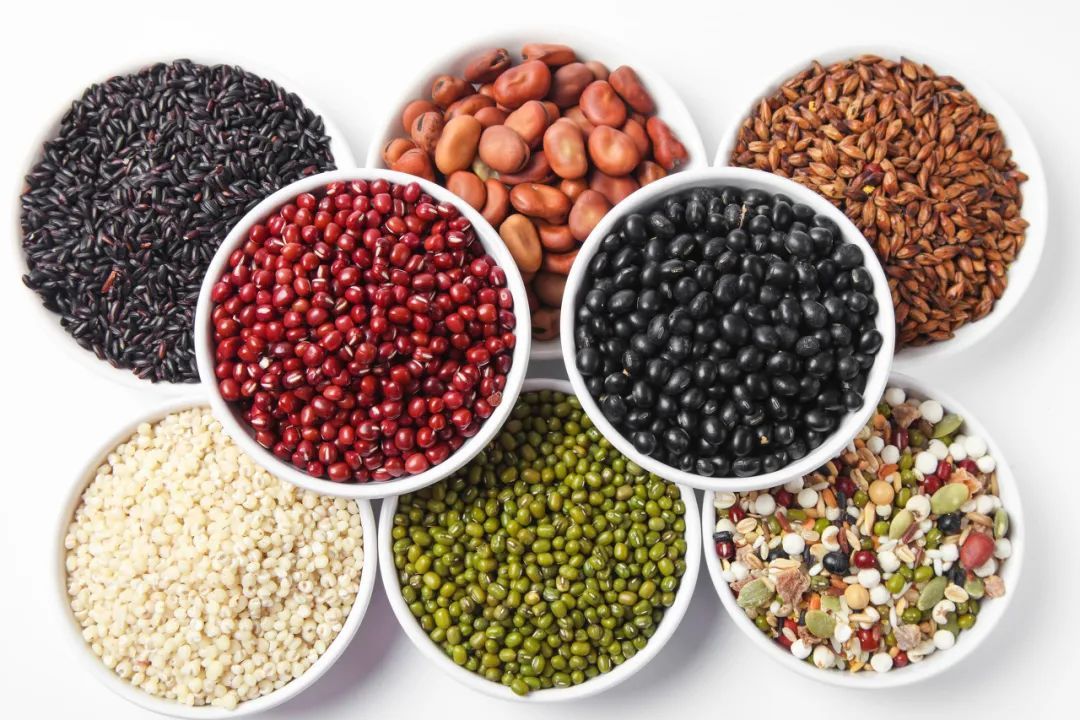
Photo gallery copyright, reproduced without authorization From the nutritional point of view of mung bean itself, it has high protein, low fat flash quality, and is rich in dietary fiber, which can enhance satiety and prevent constipation. It should be noted that although mung bean is rich in protein, it is rich in lysine and lacks methionine, and most cereals are rich in methionine and lack lysine, so you may wish to pair mung beans with cereals. Eat, so as to give full play to the complementary role of protein, such as: mung bean and rice together to make mixed bean rice or mixed bean porridge, the recommended ratio is mung bean: rice = 1:3~1:2, and this eating method is also in line with the staple food The principle of thickness matching is especially recommended for those who need to lose weight and want to control blood sugar. In addition, the calcium content of mung bean is also excellent in mixed beans, which are 1.1 times and 1.2 times that of red beans and white lentils respectively; the iron content of mung beans is nearly 2 times that of chickpeas. An iron supplement. [1]
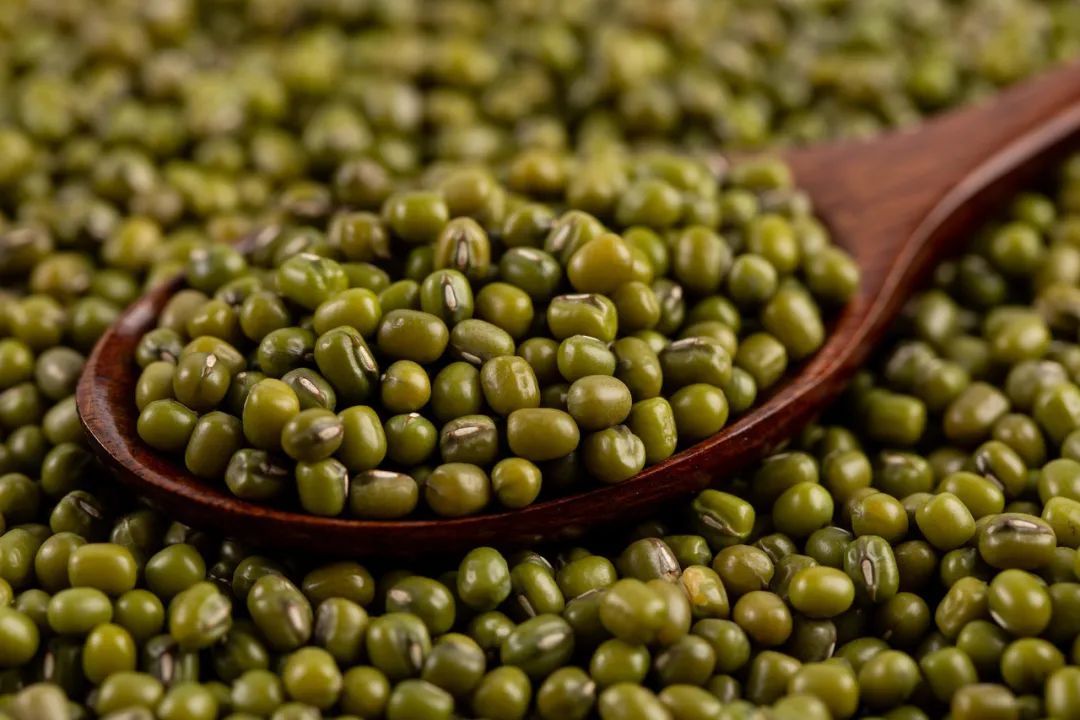
Gallery copyright image, do not authorize to reprint mung bean is so popular, it is also due to its rich polyphenols, which make it have strong antioxidant activity, can inhibit the activity of amylase, and relieve after meals. Both the rate at which blood sugar rises and the prevention of diabetes are helpful. In particular, the flavonoids present in mung bean skin are good for cardiovascular health and have certain anti-cancer activity. Mung bean soup “relieves heat” and “detoxifies”… Even if mung bean is often called a “little expert to relieve heat in summer”, in the sweltering dog days, drinking a bowl of refreshing mung bean soup can not only “bring It’s wonderful to walk in the heat and replenish moisture and nutrients. The potassium and vitamin B family nutrients in mung beans are good, which can just make up for this part of the nutrient loss caused by high temperature sweating.
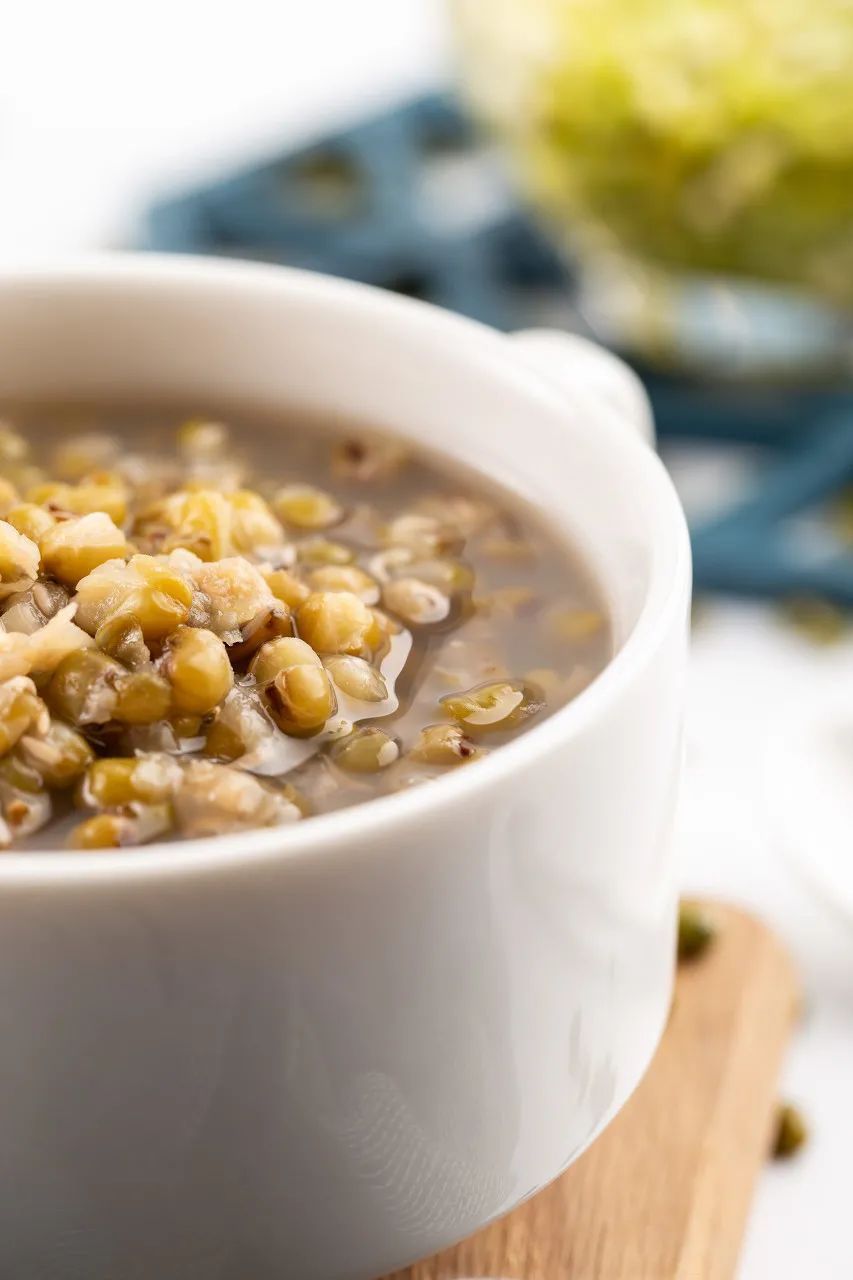
The copyright image of the gallery is not authorized to be reproduced. Therefore, it is reasonable to say that mung bean soup “relieves the heat”. However, as for the term “detoxification”, it is a bit exaggerated. The definition of this “poison” is very vague. In fact, there are not so many “poisons” in the body of a healthy person to be solved. The wastes produced by normal metabolism and some harmful substances ingested can be normally excreted through the body’s metabolic system. In the current academic research, mung bean does not have any detoxification effect. Red or green? What color is the mung bean soup? However, why is the prepared mung bean soup often red? Is the green beans the problem?

The copyright picture of the gallery, reproduced without authorization In fact, the change from green to red is a normal change, and the red color of mung bean soup is caused by the oxidation of polyphenols. As we mentioned earlier, mung bean skin contains a lot of polyphenols. During the process of cooking mung bean soup, the dissolved polyphenols from mung bean skin react with oxygen in the air, which will cause the mung bean soup to turn red. In addition, not only the effect of cooking time, but also the acidity and alkalinity of the water used to cook mung bean will affect the color of mung bean soup. Some experiments have studied the relationship between the acidity and alkalinity of cooking water and the color of mung bean soup, and found that weakly alkaline water will gradually change the color of mung bean soup from green to red, and this change will also lead to the resistance of mung bean soup. Reduced oxidative capacity. [3] Therefore, if you cook mung bean soup with weakly acidic water or pure water, you can see the original green color, and if the water quality is alkaline, you will see a reddish mung bean soup.
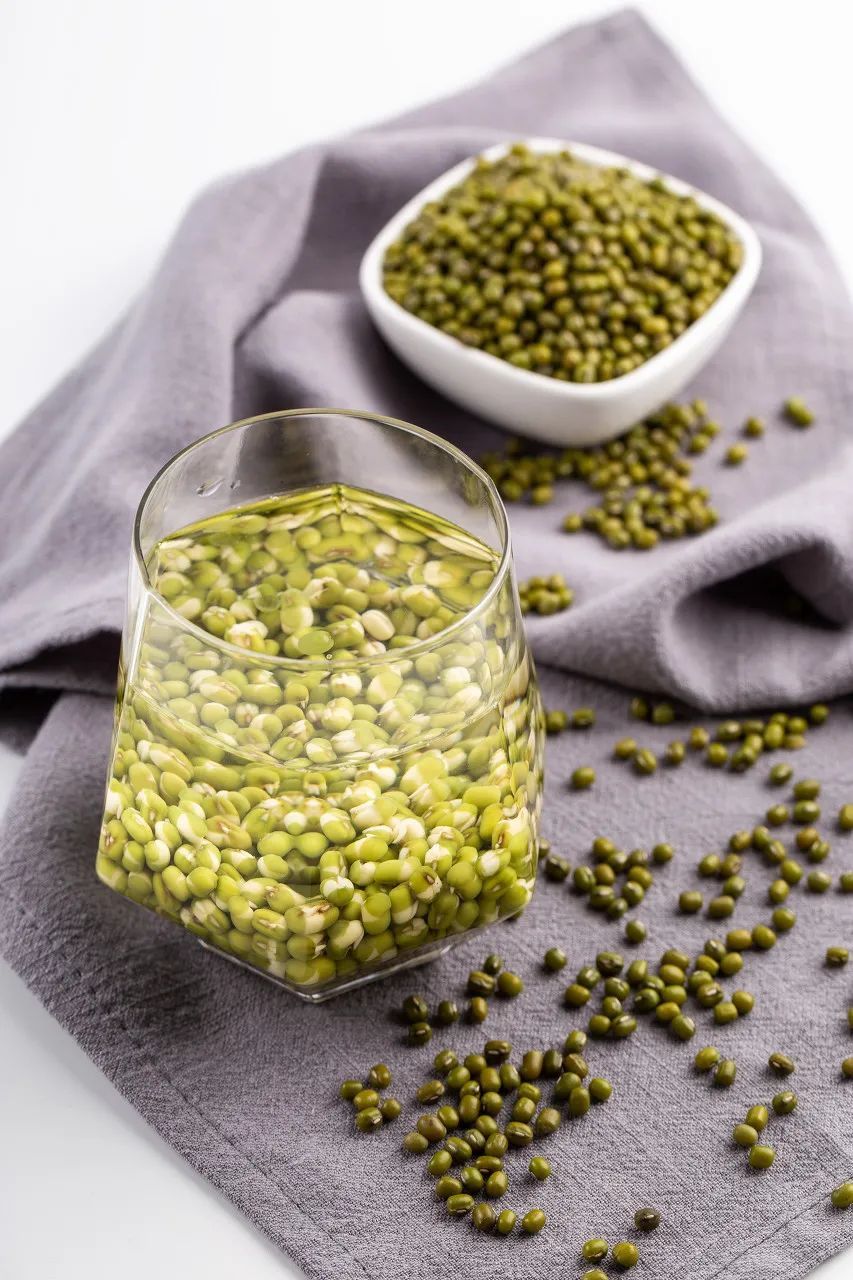
Gallery copyright pictures, do not authorize reprinting of mung bean soup “lock color” tips After soaking for 2 hours, and do not discard the soaking bean water, because after a long time of soaking, the polyphenols in the mung bean skin will be dissolved in a large amount in the soaking bean water. [4]②Add a few drops of lemon juice to the mung bean soup.

Picture copyrighted from the gallery, reproduced without authorization ③Do not add alkali to make mung bean soup to make it softer.It will only make mung bean soup red, but also lose B vitamins and reduce antioxidant activity [5].
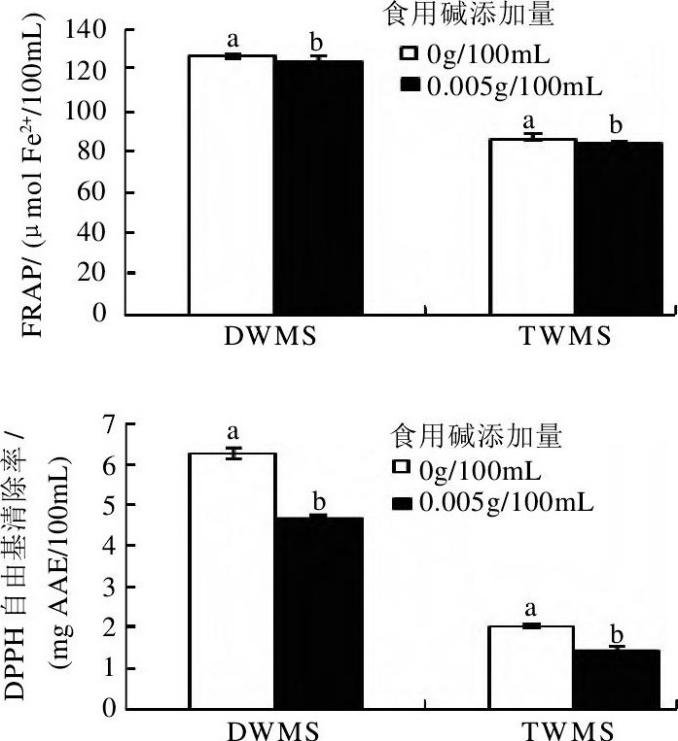
The effect of baking soda on the antioxidant activity of mung bean clear soup ④ Do not add white sugar. Experiments have shown that adding white sugar can also reduce the antioxidant capacity of mung bean soup, but adding salt appropriately can improve its antioxidant capacity [5]. Of course, if the mung bean soup is salted, you have to pay attention to reducing the salt in your diet, and control the intake of salt throughout the day not to exceed 6g (about 1 beer cover).
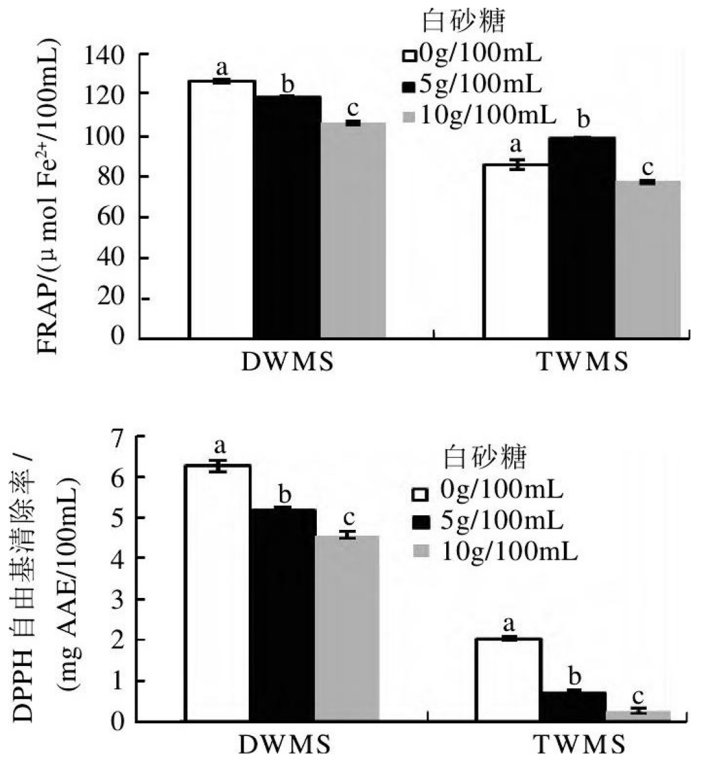
The effect of white sugar on the antioxidant activity of mung bean clear soup
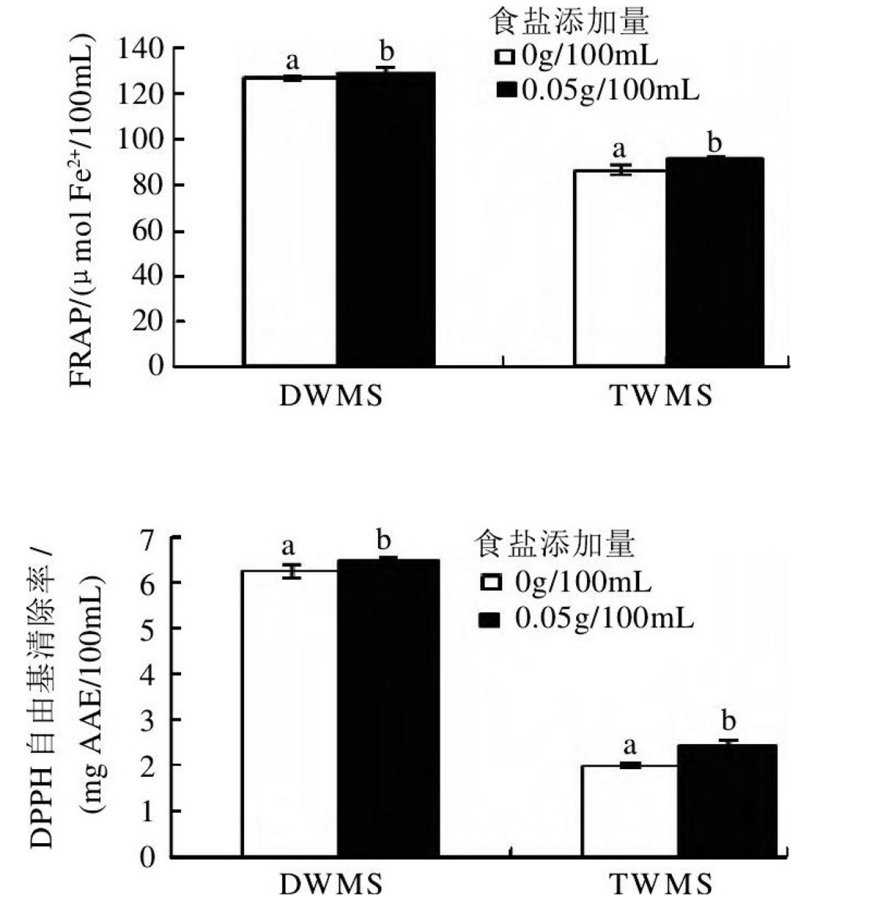
Effect of salt on the antioxidant activity of mung bean clear soup ⑤ Cover the lid and cook the mung bean soup, so as to prevent the mung bean from contacting oxygen as much as possible and reduce oxidation and reddening. After cooking, don’t rush to open the lid, cover it and let it cool before drinking. In addition, there is another point that everyone should pay attention to, that is, the cooking time should not be too long. It is recommended to control it within 1.2 hours. Cooking for too long will lead to a decrease in the content of flavonoids [6].

Summary of the effect of cooking time on the content of flavonoids: mung bean soup is a standard summer “natural heat-relieving drink”. For healthy people who can enjoy the refreshment it brings, it is recommended to drink both soup and beans. Because mung bean is rich in dietary fiber, it will promote gastrointestinal motility, resulting in flatulence or abdominal pain. Therefore, for people with poor gastrointestinal function, it is recommended to drink more mung bean soup and eat less mung bean. Also, turning the boiled mung bean soup into mung bean smoothie popsicles is also a very good delicacy to relieve the heat! References: [1] Yang Yuexin. Chinese Food Composition Table 6th Edition Vol. 1 [M]. Peking University Medical Press, 2018 [2] Yang Lihong. Study on the detoxification effect of mung bean on arsenic poisoning [J]. Asia Pacific Traditional Medicine, 2010,6(08):8-9.[3]Chen Ran,Wang Jing,Wan Haijing,Zhao Jianjing,Fan Zhihong. Effects of cooking water pH value and metal ions on mung bean clear soup[J].Food Science,2014, 35(03):96-99.[4] Xu B J , Chang S K . Total Phenolic Content and Antioxidant Properties of Eclipse Black Beans (Phaseolus vulgaris L.) as Affected by Processing Methods[J]. Journal of Food Science, 2010, 73(2):H19-H27.[5]Chen Ran,Zhao Jianjing,Fan Zhihong.Influence of cooking conditions on the color and antioxidant activity of mung bean clear soup[J].Food Science,2012,33(08):115-120. [6] Zhang Guifang, Yu Jinchi, Wang Ying, Zhang Dongjie. Effects of cooking and processing on the content of flavonoids in mung bean[J]. Food Research and Development, 2017,38(04):38-41.
(Science China)